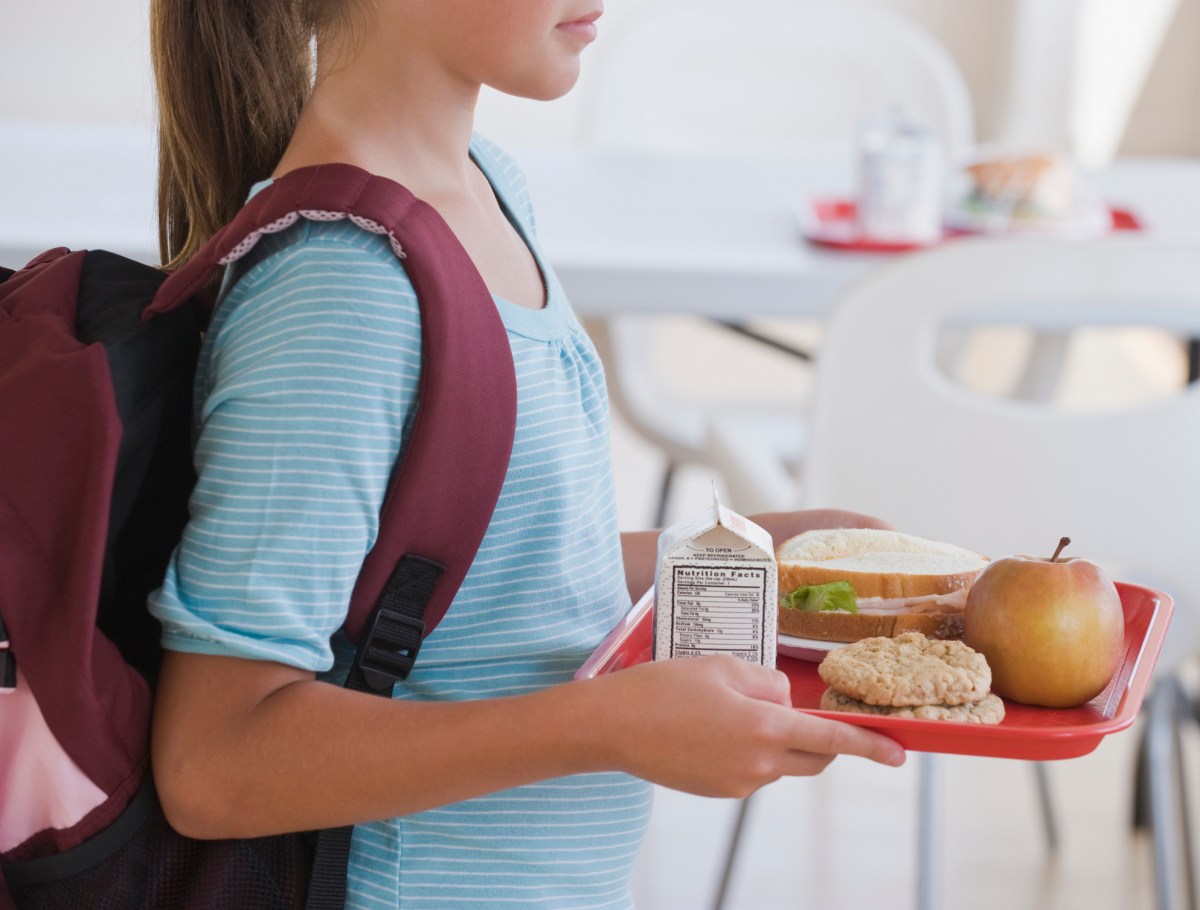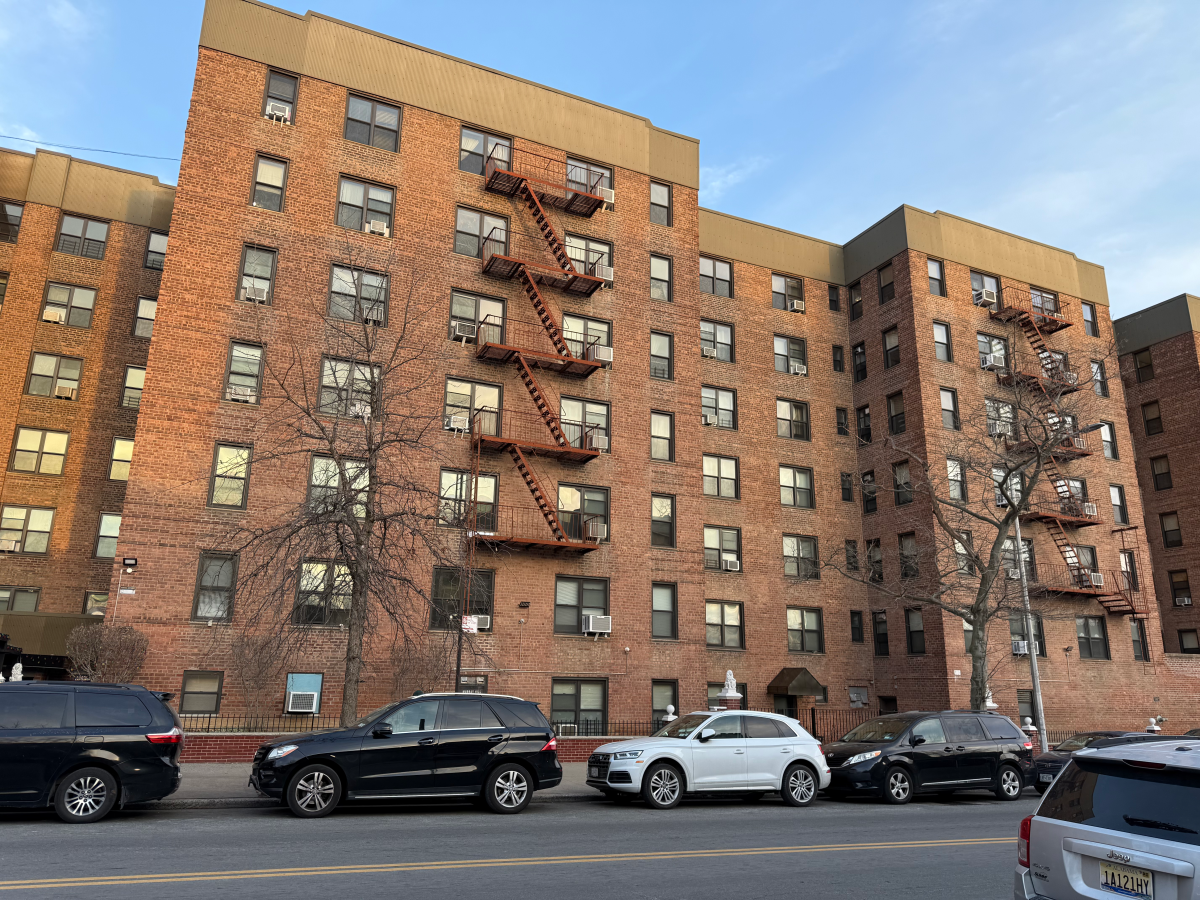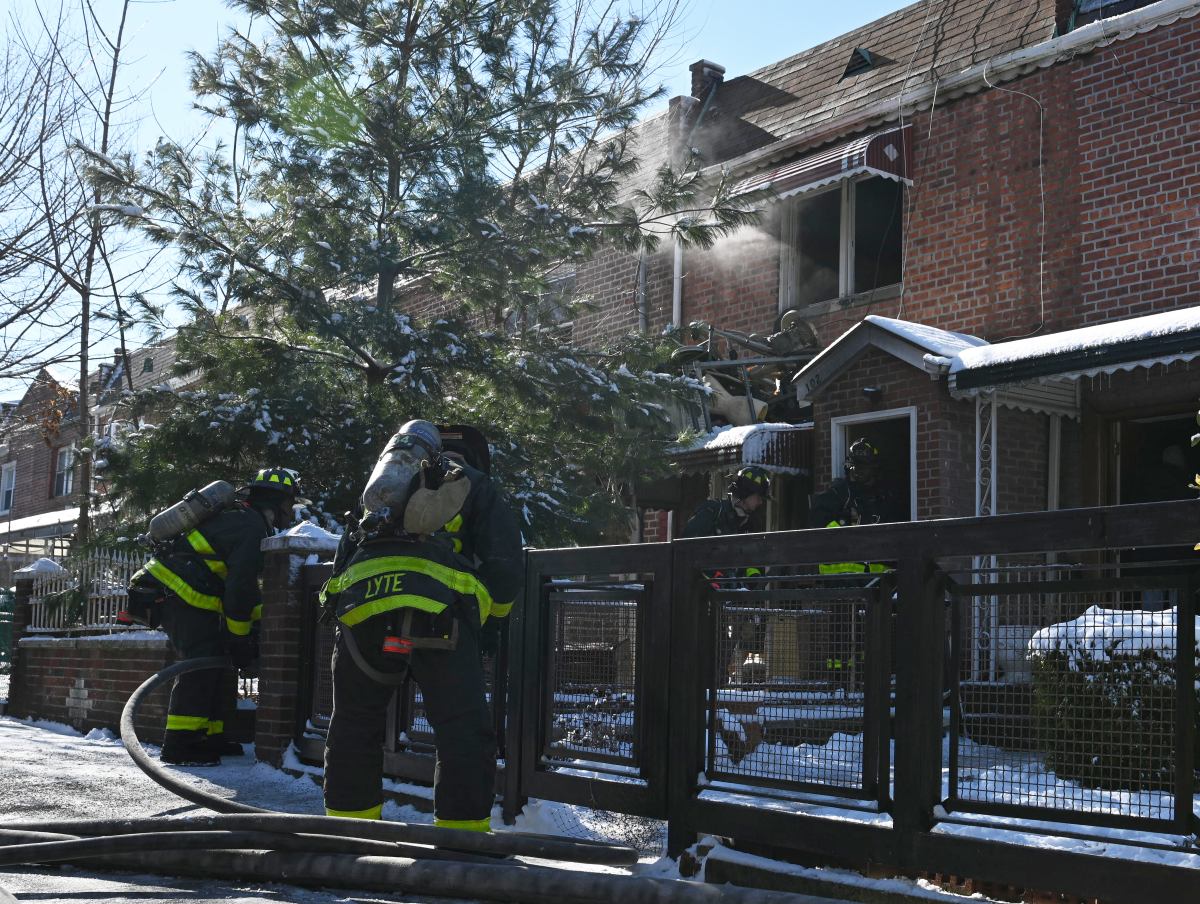School food has long been synonymous with unappetizing meals. During my own school days, I experienced firsthand the lack of attention paid to students’ lunches. The choices were limited, the quality was questionable, and nutrition was clearly not a priority.
But having served as the Senior Executive Director of New York City’s Office of Food and Nutrition Services (OFNS) since 2018, I can confidently tell you this: New York City school meals and cafeterias have undergone a profound transformation.
In 2017, then-Chancellor Farina announced a groundbreaking policy: moving forward, all 1.1 million New York City public school students would be eligible to receive free lunch. This initiative aimed to improve students’ academic performance and physical health while eliminating the stigma associated with receiving free meals. By extending this policy to summer meals, we ensured that students remain nourished year-round. Today, we serve approximately 900,000 meals per day at no cost to our students.
Providing meals for free is only one part of the equation – they must also be healthy. In 2018, then-Brooklyn Borough President Eric Adams championed “Meatless Mondays,” designed to promote healthier and more sustainable eating habits. Initially a pilot program in 15 Brooklyn schools, it quickly expanded to all schools across the five boroughs.
Building upon this momentum, Mayor Adams and then-Chancellor Banks launched “Plant-Powered Fridays.” From the Kidney Bean Rajma and Pasta Primavera to the Big City Bean Taco and Teriyaki Veggie Nuggets, students now enjoy an array of nutritious, plant-forward dishes every Friday.
Change, however, inevitably brings challenges. We heard from our students, and the message was clear: we needed to improve the variety and appeal of our plant-forward options. To do so, we launched our “Chefs in the Schools” initiative, a partnership between Wellness in the Schools (WITS), OFNS, and the Mayor’s Office of Food Policy. New York City’s first Chefs Council, led by Rachael Ray, was charged with transforming school meals into nutritious and delicious offerings.
The Chefs Council developed over 100 scratch-cooked, plant-forward recipes. These creations were rigorously tested by the true connoisseurs: the students themselves. To make it onto the menu, a recipe had to win the approval of at least 70% of the student taste tester – a high bar that ensures that only the most flavorful dishes made the cut. Eight of the Chefs Council’s recipes earned their place on menus in the 2023-24 school year, including the Pineapple Rice Medley, Jollof Cauliflower, and Kachumber Salad.
Innovation doesn’t stop with the recipes themselves. School cooks must be properly equipped to prepare these plates. That’s why the initiative also includes comprehensive instruction from WITS Chefs. Last year, 542 schools received training, and the program will reach all New York City public schools by the end of the 2024-25 school year.
We also know that mealtime goes beyond what’s on the tray. In December 2022, Mayor Adams announced an expansion of the Cafeteria Enhancement Experience (CEE), reimagining the cafeteria environment to improve students’ dining experience. More student choice, faster service, and a more welcoming space allows students to spend more time enjoying their meals and socializing with their peers.
And the cherry on top? These improvements are helping us achieve our climate goals. In April 2023, Mayor Adams pledged to reduce the City’s food-related carbon emissions by 33% by 2030. We’re already starting to see results. From 2019 to 2023, schools achieved a 41% reduction in greenhouse gas emissions per plate – or per 1,000 calories – by increasing our purchases of plant proteins and decreasing our procurement of more carbon-intensive animal proteins. Embracing plant-forward options hasn’t only cut emissions but has also been a cost saver – making them a win for children’s health, the environment, and our budget.
Over the past several years, we’ve proven what is possible when leadership is aligned with community demand for change. The transformation of New York City’s school meals and cafeterias shows that food access and quality can actually complement one another to achieve real, meaningful progress. By listening to our students and incorporating their valuable feedback, we can provide schools meals that are both nutritious and delicious – a far cry from what I grew up with.
Large-scale change takes time, and the journey is far from over. But one thing is certain: New York City’s students are better fed, better nourished, and better prepared to succeed than ever before. We will continue to make progress, knowing that we’re not just serving meals to students – we’re nourishing their bodies, minds, and futures. And that is something worth celebrating.





































